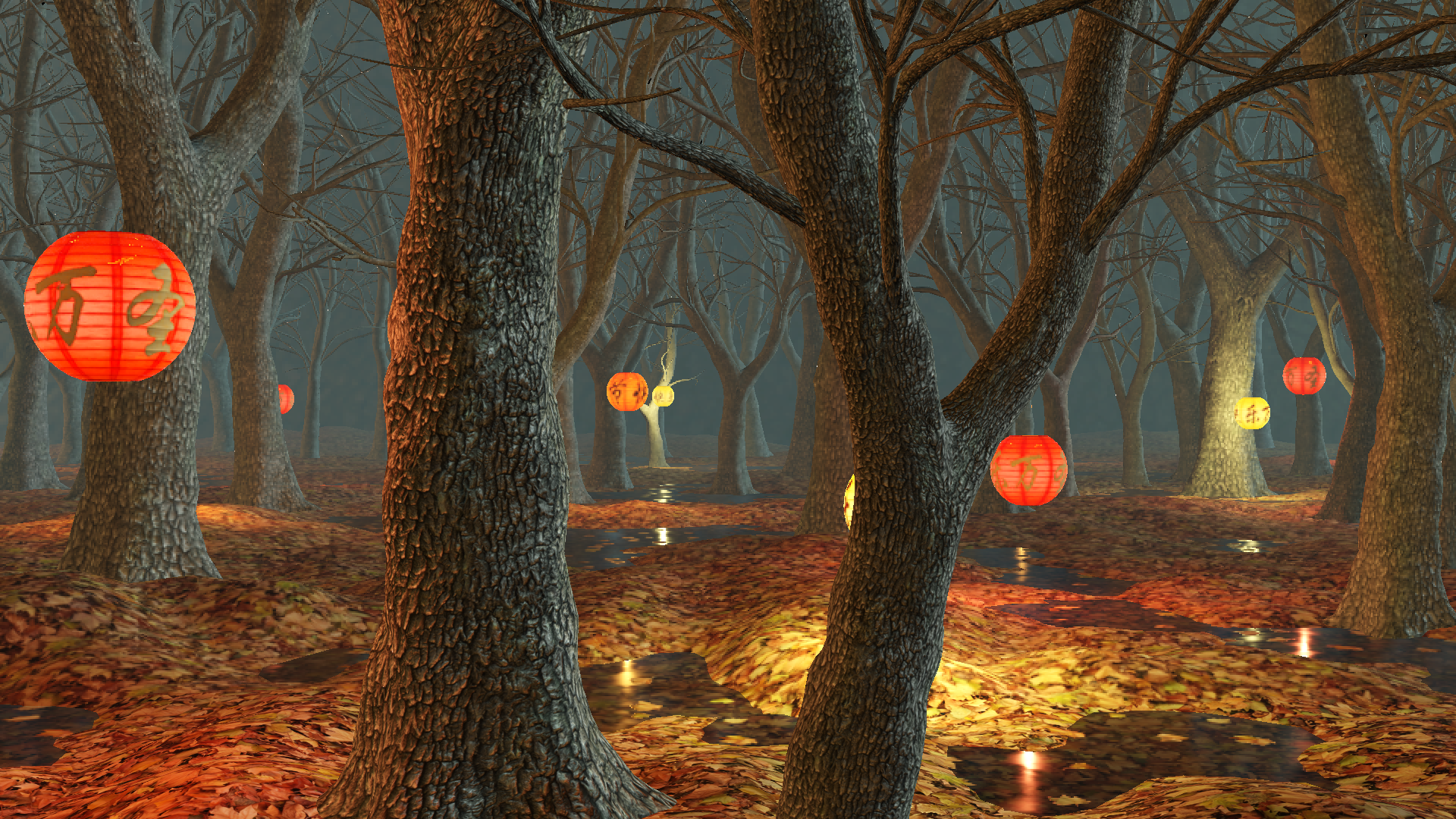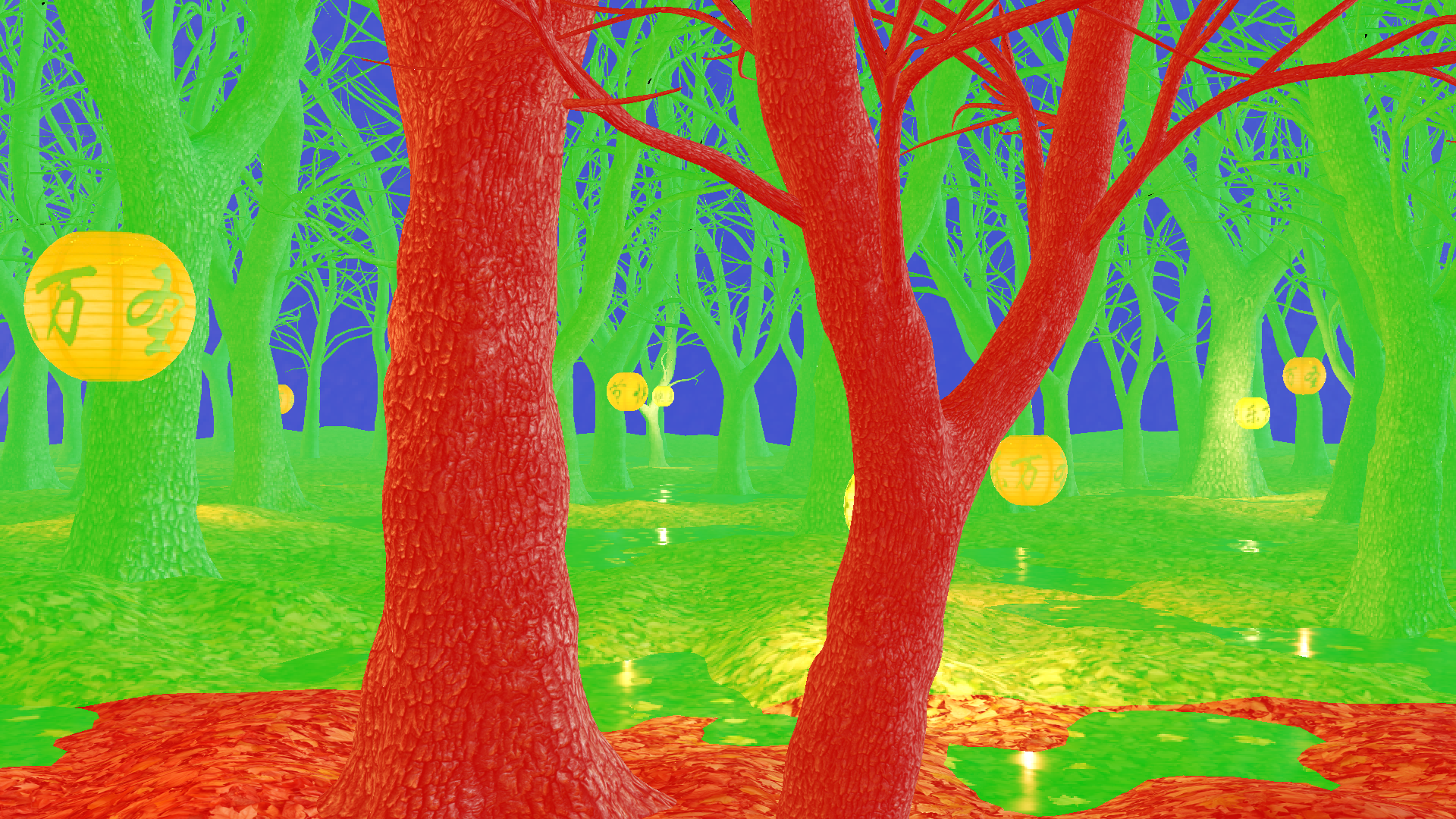Variable-Rate Shading test coming to 3DMark
July 18, 2019

What is Variable-Rate Shading?
Variable-Rate Shading (VRS) is a new feature in DirectX 12 that allows developers to improve performance by selectively reducing the level of detail in parts of the frame where there will be little noticeable effect on image quality.
Shading rate refers to the number of pixel shader operations called for each pixel. Higher shading rates improve accuracy but are more demanding for the GPU. Lower shading rates improve performance at the cost of visual fidelity.
With Variable-Rate Shading, developers can vary the shading rate within a single frame. By using VRS to lower the shading rate for parts of the frame that are in deep shadow, far from the camera, or peripheral to the player's focus, for example, a game can run at a higher frame rate with little perceptible loss in visual quality.
For a more in-depth look at variable-rate shading, check out this post on the Microsoft DirectX Developer Blog.
3DMark VRS feature test
3DMark feature tests are special tests designed to highlight specific techniques, functions or capabilities. The 3DMark VRS feature test is designed to help you compare differences in performance and image quality when using variable-rate shading. The test also offers an interactive mode for experimenting with different VRS settings and exporting frames for comparison.
The test features a forest scene with floating lanterns. VRS is disabled on the first pass of the test to provide a baseline for comparison.
3DMark VRS feature test screenshot with VRS turned off
Variable-rate shading is enabled for the second pass of the test. Click on the images to download and compare the full-size originals.
3DMark VRS feature test screenshot with VRS on
With VRS, a single pixel shader operation can be applied to a block of pixels, for example shading a 4x4 block of pixels with one operation rather than 16 separate operations.
In the 3DMark VRS feature test, the shading rate varies with camera distance when VRS is enabled: 4×4 for the furthest objects, (the blue areas in the image below), 2×2 for the middle-distance geometry (green areas), and 1×1 (red areas) for the closest foreground objects.
3DMark VRS feature test screenshot showing where the different shading rates are used
Coming soon
The VRS feature test will be coming to 3DMark on August 26. It will be available as a free update for 3DMark Advanced Edition and for 3DMark Professional Edition customers with a valid annual license.
3DMark is for gamers, overclockers and system builders who want to get more out of their hardware. With its wide range of benchmark tests, 3DMark has everything you need to test your PC's gaming performance. Find out more.
Recent news
-
Procyon Labs launches with FLUX.1 AI Image Generation Demo
November 4, 2025
-
3DMark Solar Bay Extreme is available now!
August 20, 2025
-
3DMark Speed Way Teams up with PC Building Simulator 2!
July 17, 2025
-
New Procyon AI Benchmark for Macs now available
June 25, 2025
-
3DMark for macOS available now!
June 12, 2025
-
New Inference Engines now available in Procyon
May 1, 2025
-
Try out NVIDIA DLSS 4 in 3DMark
January 30, 2025
-
Test LLM performance with the Procyon AI Text Generation Benchmark
December 9, 2024
-
New DirectStorage test available in 3DMark
December 4, 2024
-
New Opacity Micromap test now in 3DMark for Android
October 9, 2024
-
NPUs now supported by Procyon AI Image Generation
September 6, 2024
-
Test the latest version of Intel XeSS in 3DMark
September 3, 2024
-
Introducing the Procyon Battery Consumption Benchmark
June 6, 2024
-
3DMark Steel Nomad is out now!
May 21, 2024
-
Procyon AI Inference now available on macOS
April 8, 2024


